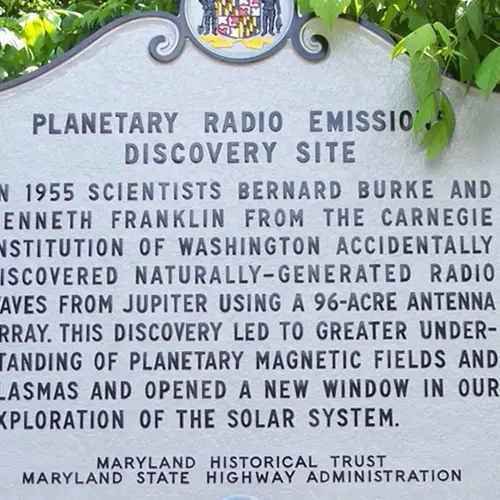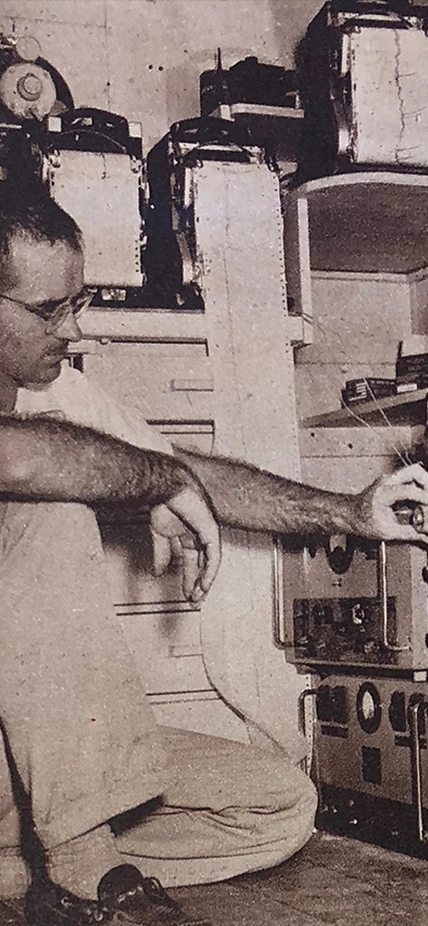Bernard Burke, distinguished MIT astrophysicist and former staff scientist at Carnegie's Department of Terrestrial Magnetism, died August 5. He was 90.
Burke, who joined the department's in 1953, was an integral member of its astronomy group until he left to be professor of physics at MIT in 1965, where his work shifted to, among other things, the detection of gravitational lensing. He also played a key role in the development of Very Long Baseline Interferometry (VLBI), which enables high-resolution imaging of cosmic structures. He was elected to the National Academy of Sciences in 1970 and served as president of the American Astronomical Society from 1986 to 1988. He was an emeritus professor of astrophysics at MIT until his passing. In addition to his 12 years on the DTM faculty, Burke was a member of the department's visiting committee in 1994, and became its first Merle A. Tuve Senior Fellow in 1997.
Among Burke's many achievements in radio astronomy was the 1955 discovery of Jupiter's radio waves, intercepted with Kenneth Franklin at Carnegie's 96-acre radio telescope network in Seneca, Maryland. The discovery was the first detection of radio noise from another planet. It marked the birth of planetary radio astronomy and opened a new window into the study of planetary magnetospheres.
In September 2005, the Carnegie Institution and NASA's Goddard Space Flight Center organized a public ceremony to commemorate the 50-year anniversary of Jupiter's radio wave discovery. Burke spent his life exploring the most-distant corners of the universe through radio astronomy.
Together with F. Graham-Smith, he is the co-author of the popular textbook, An Introduction to Radio Astronomy.

DTM's first Merle A. Tuve Senior Fellows (from left) Bernard Burke, Don Anderson, and Renzo Sancisi pictured with Maxine Singer, President of the Carnegie Institution from 1988 to 2002.

A roadside historic marker of Burke and Franklin's discovery.

